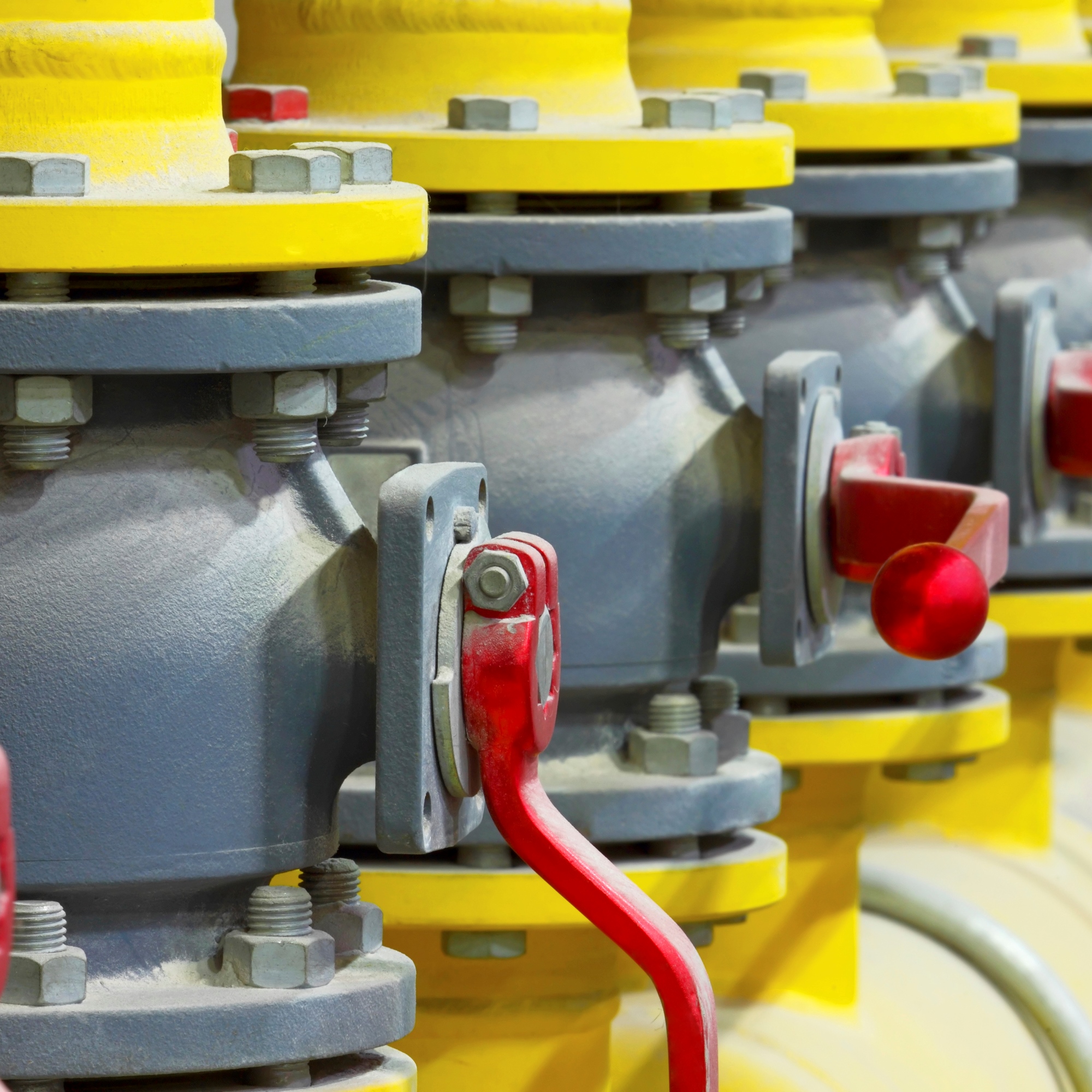Energy
What Analysts Are Saying About Chesapeake Energy After Earnings

Published:
Last Updated:

When Chesapeake Energy Corp. (NYSE: CHK) reported second-quarter earnings last Thursday, the energy producer wanted to focus on the continuing improvement in its balance sheet. Chesapeake reported a debt balance of $8.7 billion at the end of the quarter, down from $11.7 billion last year. In the first six months of 2016, the company has divested assets valued at $964 million. Chesapeake also plans to continue divesting assets and raised its guidance for total gross asset divestitures from a prior range of $1.2 to $1.7 billion to a new total of “more than $2.0 billion.”
In the profit and loss column, however, the company posted a larger than expected net loss of $0.14 per share and revenues of $1.62 billion, well short of the consensus estimate of $1.93 billion. Therein lies the problem.
If Chesapeake continues to sell off assets, will the company have enough remaining assets to begin showing a profit when commodity prices rise? With fewer assets, where will new production come from? That’s the company’s conundrum and that’s what continues to weigh on the share price.
Analysts at Jefferies maintained their Underperform rating on the stock but raised their price target from $3 a share to $4. Here’s their summary:
Mixed results, but ‘going concern’ risk mitigated. CHK’s 2Q total production was above consensus, but oil volumes were a miss. Capex was reaffirmed for FY16. Future guidance anticipates flattish oil volumes and further gas declines on disinvestment. CHK has made great strides in improving liquidity/balance sheet risk through exchanges, but the asset base now looks ‘thin.’
Merrill Lynch has pretty much the same view:
Chesapeake is signaling that there is progress on their legacy issues, as follows:
Signaling progress on legacy issues
Over the next several quarters management appears to be signaling potential for another series of cost improvements led by transportation and possibly another round of asset sales with the Barnett low in the priority list for new capital. While visibility is limited solving high legacy costs and a stretched balance sheet would allow the market to refocus on underlying asset quality and operating performance which remains solid.
However, those are prerequisites to improving the value proposition, leaving our rating unchanged at Underperform versus less encumbered peers.
The firm maintained its $5 per share price target.
Chesapeake shares closed the week at $4.89, down about 4.7% on the day Friday, after closing at $5.13 on Thursday. The stock’s 52-week range is $1.50 to $9.55 and the consensus price target is $4.74, which may not yet include any changes made since the earnings report.
Let’s face it: If your money is just sitting in a checking account, you’re losing value every single day. With most checking accounts offering little to no interest, the cash you worked so hard to save is gradually being eroded by inflation.
However, by moving that money into a high-yield savings account, you can put your cash to work, growing steadily with little to no effort on your part. In just a few clicks, you can set up a high-yield savings account and start earning interest immediately.
There are plenty of reputable banks and online platforms that offer competitive rates, and many of them come with zero fees and no minimum balance requirements. Click here to see if you’re earning the best possible rate on your money!
Thank you for reading! Have some feedback for us?
Contact the 24/7 Wall St. editorial team.